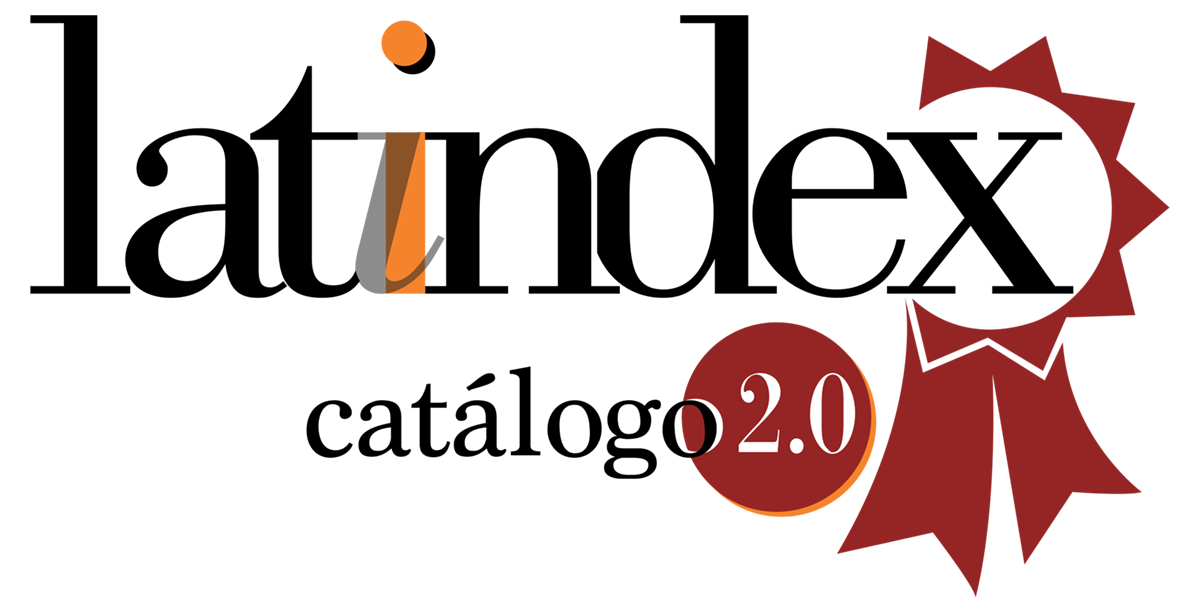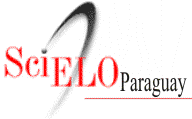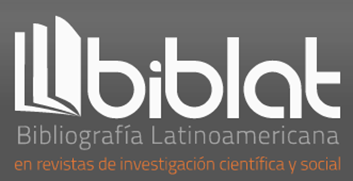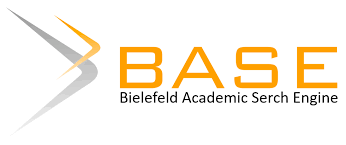A race against the loss of fungicide efficacy: 20 years of managing asian soybean rust in Paraguay
DOI:
https://doi.org/10.47133/IEUNA2126bKeywords:
Phakopsora pachyrhizi, Glycine max, control quimico, fitopatógenosAbstract
Asian rust (SAR) (Phakopsora pachyrhizi) is the most important disease of soybean in Paraguay. This pathogen causes large production losses if appropriate measures are not taken. The first SAR epidemics in Paraguay (2002-2004) were managed with systemic and site-specific fungicides. The inadequate management of the disease caused the loss of control efficacy (CE) of fungicides against the pathogen, leading new molecules to be introduced in the country to improve control. Likewise, over the years, these lost CE from SAN. In 2014 carboxamides and triazolinthiones were introduced and in 2015 mancozeb (protective and multisite fungicide) to be applied together with site/specific fungicides, increasing the cost of soybean production. Paraguay does not have a network of cooperative trials to determine the EC of fungicides on an annual basis, which could generate useful information for producers, technicians and researchers. In addition, the loss of EC is not only due to the nature of the molecules, but also to management practices. Normally, a calendar is followed to make applications, but it has been observed, since the 2017/2018 season, that the RAS inoculum appears at different times, so the calendarized criterion to apply fungicides can generate failures in control or unnecessary applications. Due to the economic impact of SAN in the country, it would be beneficial to create a national network to monitor the EC of fungicides according to the pressure of inoculum in different parts of the country.
Downloads
Downloads
Published
How to Cite
Issue
Section
License
Copyright (c) 2021 Guillermo Andrés Enciso Maldonado, Andres Dejesús Sanabra-Velázquez, José Arturo Schlickmann Tank, Marco Maidana Ojeda

This work is licensed under a Creative Commons Attribution 4.0 International License.

















